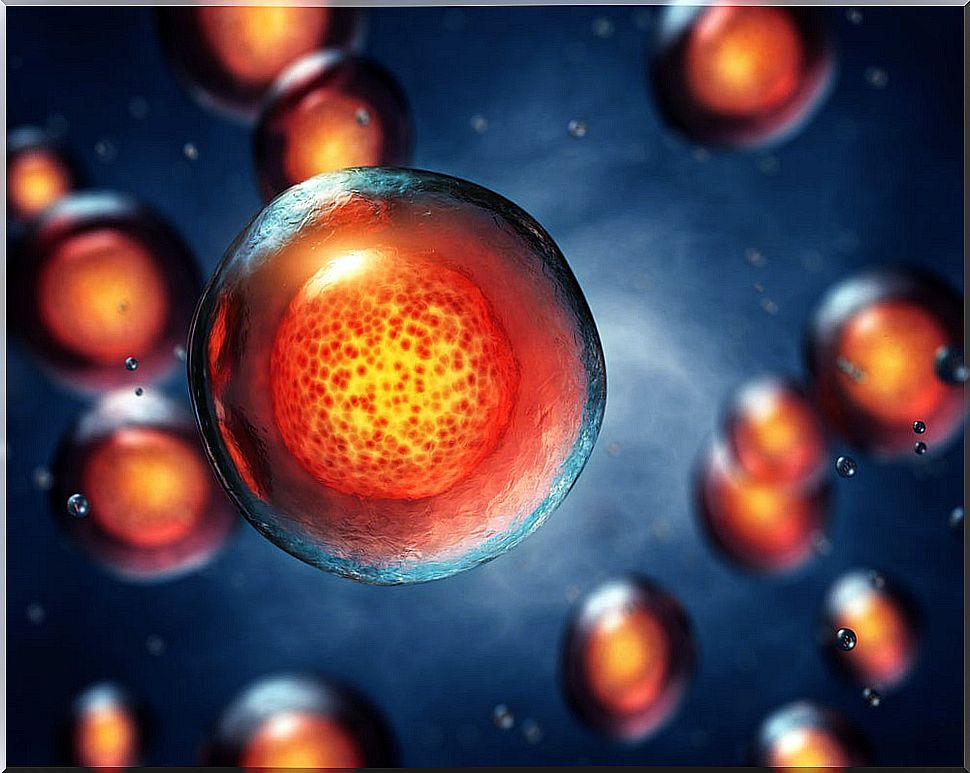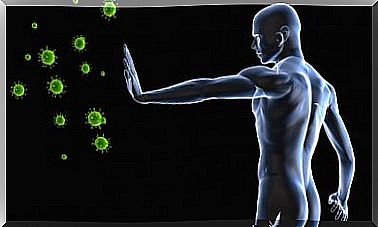Stem Cell Conservation: What Does It Consist Of?
Stem cell conservation is an issue that still raises many doubts, questions and even concern today. Its effective use to treat various diseases has made it one of the greatest scientific discoveries of recent times.
Stem cell preservation is a very personal decision; parents must assess each aspect of their usefulness and ways to preserve them. We must collect as much information as possible about risks, benefits and what diseases could be cured with them.
Scientists have determined that the blood in the umbilical cord of newborns is a source of stem or hematopoietic cells. Of these, mesenchymal cells are the most useful for regenerating skeletal tissues. Hence, the umbilical cord has acquired a leading role at the time of delivery, thanks to the medical applications that it implies.

What are mesenchymal stem cells for?
These cells are the ones that have generated the most research and use, since they have potential characteristics to treat different diseases. Mesenchymal cells are present in other parts of our body, but the umbilical cord is one of the richest sources of this type of cells.
Its main functions include the ability to produce skeletal tissues such as bones, cartilage and fat. Therefore, under some physiological conditions, still in an experimental stage, they can become special cells with specific functions. For example, the pancreas to generate insulin.
This makes mesenchymal cells one of the main lines of research in the regenerative field of tissues and organs. By combining them with other stem cells in transplants, the risks of rejection by the recipient are reduced. These exert a regulatory action that attenuates the immune response of our body.
What is stem cell conservation?
Stem cell harvesting is a procedure that is done at the time of delivery. That is why the decision to keep them must be made in advance, since the umbilical cord is discarded after the baby is born.
There, specialized medical personnel extract the blood from the cord, after having cut it, but before removing the placenta from the mother’s uterus. The blood is deposited in a special bag that contains the specific requirements for its conservation. This procedure does not represent any discomfort or pain for the mother or the newborn.
The product extracted from the cord is processed under special conditions of sterility until the definitive sample is obtained for future therapeutic applications. This sample is the one that is taken to cryopreservation, carried out using liquid nitrogen at temperatures down to -190 ° C.
This mechanism allows its storage for many years preserving its properties. Usually, specialized laboratories separate mesenchymal cells immediately. However, all the blood taken from the cord is currently being conserved with the aim of obtaining, in the future, as many useful cells as possible.
Why do specialists recommend stem cell conservation?

Like the vast majority of scientific advances today, stem cell conservation continues to cause controversy. There is no obligation on the part of parents to undergo this procedure. However, it is recommended that they evaluate accurately and become well informed on the subject.
Among the most valuable qualities of stem cell conservation are those of renewing and producing other specialized cells. Its genetic content is similar to that of the bone marrow, which is why its usefulness is extensive.
Likewise, it can regenerate the immune system, stop bleeding and intervene favorably in our body in the event of diseases or toxicological accidents. It has also been very effective in chemotherapy and radiotherapy treatments.
Other considerations
These cells can be used in the future without any risk of rejection for the child, since the compatibility is absolute. This guarantees its application in treatments to combat diseases that may arise.
Some of those diseases that have been treated with the application of stem cells include various types of cancer. Also, brain tumors, diabetes, rheumatoid arthritis, Parkinson’s, and HIV. Likewise, there have been expectations about its application in other diseases for which there are no conclusive results so far, but scientists are very optimistic.







